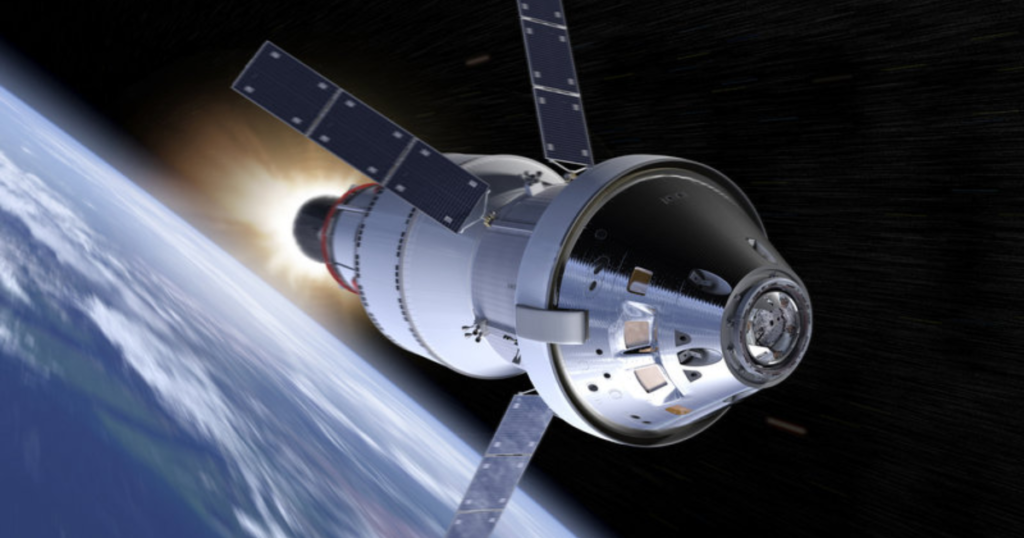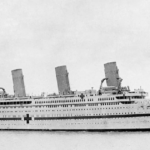Introduction
Space exploration has always been a symbol of human ambition, curiosity, and technological prowess. While many historic missions, from the Apollo Moon landings to the Mars rovers, have successfully expanded our understanding of the cosmos, countless others never made it off the ground. Whether due to political shifts, funding shortages, or technological limitations, these canceled missions represent a lost future—one where humanity could have reached even greater heights in space.
Project Orion: Nuclear-Powered Space Travel
In the late 1950s and early 1960s, NASA and the U.S. military conceptualized Project Orion, a spacecraft propelled by controlled nuclear explosions. Theoretically, this method would have allowed humanity to reach Mars and beyond at unprecedented speeds. However, the project faced significant opposition due to the risks of nuclear detonations in Earth’s atmosphere and was ultimately scrapped due to the Partial Test Ban Treaty of 1963.
The Soviet Manned Lunar Program
During the height of the Cold War, the Soviet Union sought to land a cosmonaut on the Moon before the United States. The N1 rocket was designed to rival the Saturn V, but a series of catastrophic test failures doomed the project. By 1974, after four failed launches, the Soviet Union abandoned its Moon ambitions, leaving the United States as the sole victor in the race to land humans on the lunar surface.
The X-20 Dyna-Soar: America’s First Spaceplane
Before the Space Shuttle, the U.S. Air Force developed the X-20 Dyna-Soar, a spaceplane designed for reconnaissance, satellite maintenance, and even space-based weapons deployment. While the program had advanced far enough to begin pilot selection, it was canceled in 1963 in favor of the Gemini and Apollo programs. The concept, however, influenced later designs such as the Space Shuttle and the X-37B.
Mars Direct: The Fast Track to the Red Planet
Proposed by aerospace engineer Robert Zubrin in the early 1990s, Mars Direct aimed to send humans to Mars cost-effectively using existing technology. The plan involved launching a minimalistic mission, utilizing Martian resources for fuel production. Despite enthusiasm from some scientists, NASA opted for more gradual approaches to Mars exploration, leaving Mars Direct as an unrealized vision.
The ISS Successor That Never Was: Freedom Space Station
Before the International Space Station (ISS) was conceived, NASA planned an independent station called Freedom. Originally proposed in the 1980s, Freedom was intended as a long-term space outpost for scientific research and international collaboration. However, budget constraints and political disagreements led to its cancellation in the early 1990s, with elements of its design being incorporated into the ISS instead.
The Soviet Almaz Military Space Stations
During the 1960s and 1970s, the Soviet Union worked on Almaz, a series of space stations equipped with reconnaissance equipment and even defensive weapons. These stations were designed to serve military purposes, including surveillance and potential space-based warfare. Although a few were launched as part of the Salyut program, the full military ambitions of Almaz were never realized due to changing political landscapes and the dissolution of the USSR.

The Lunar Gateway’s Predecessor: Deep Space Gateway
The Deep Space Gateway was an early concept for a station orbiting the Moon, serving as a staging point for missions to Mars and beyond. While elements of the idea have been revived in NASA’s Artemis program, the original vision of a fully operational lunar space station remains unrealized.
The Europa Orbiter: Searching for Alien Oceans
NASA planned the Europa Orbiter in the 1990s as a mission to investigate Jupiter’s moon Europa, a prime candidate for extraterrestrial life due to its subsurface ocean. However, the mission was canceled due to budget cuts and technical challenges. Fortunately, the concept lives on in the upcoming Europa Clipper mission, which is set to launch in the 2020s.
Constellation Program: The Moon Base That Never Was
In 2004, NASA introduced the Constellation program, aimed at returning humans to the Moon and establishing a permanent lunar base. However, rising costs and shifting priorities led to its cancellation in 2010, with aspects of the program being repurposed into the Artemis initiative.
The Space Shuttle’s Successor: VentureStar
VentureStar was a proposed single-stage-to-orbit spaceplane developed by Lockheed Martin in the 1990s. It was designed to replace the aging Space Shuttle fleet, offering a fully reusable and cost-effective alternative. However, technical difficulties, including issues with the spacecraft’s composite structure, led to its cancellation in 2001.
Conclusion
The cancellation of these missions highlights the complexity of space exploration. Political decisions, budgetary constraints, and technological hurdles often prevent ambitious projects from becoming reality. However, many of these lost missions have inspired current and future space endeavors, proving that even in failure, humanity continues to push the boundaries of what is possible. As space agencies and private companies work toward the next era of exploration, perhaps some of these unrealized dreams will one day become reality.


